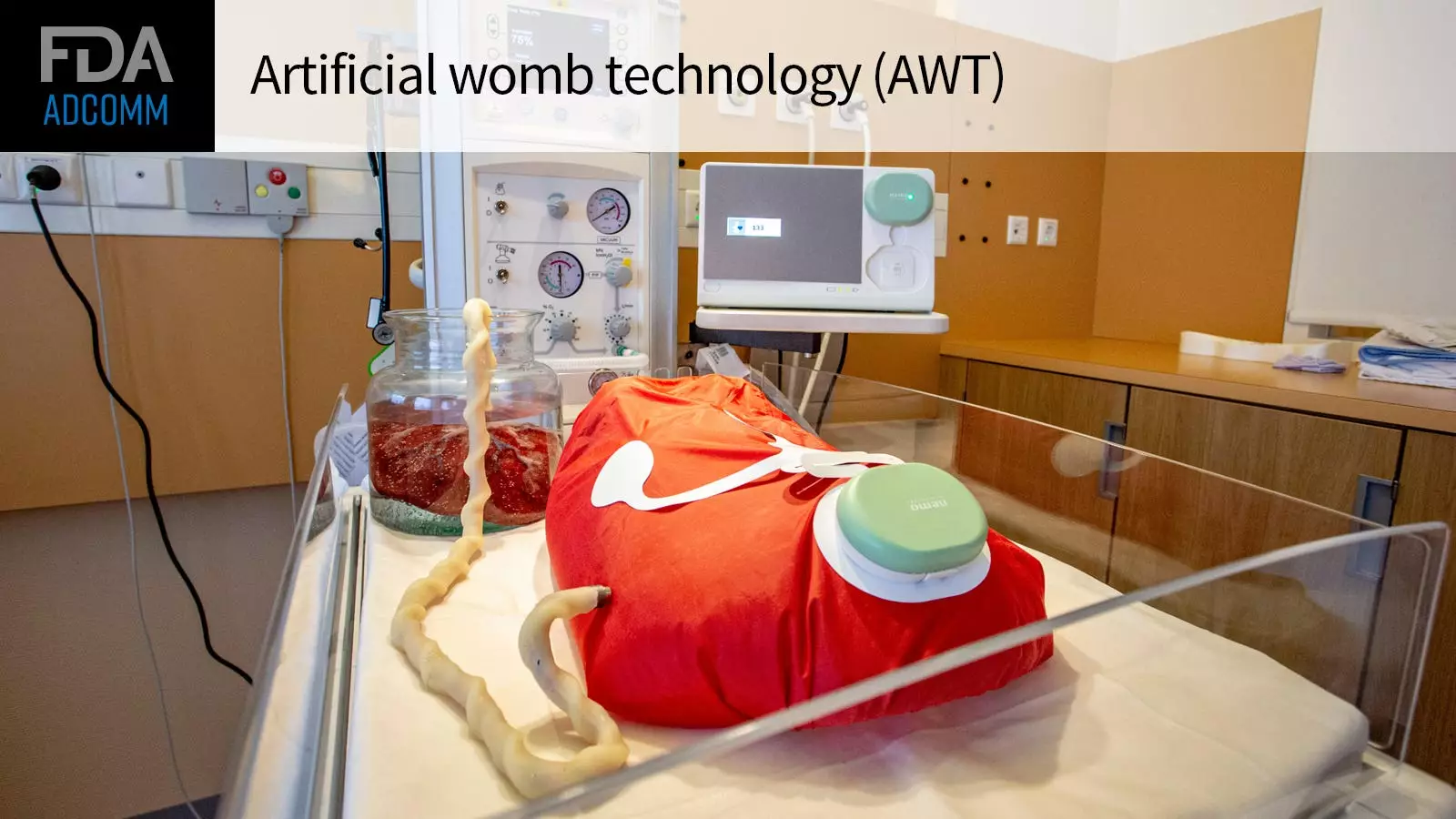The field of medical technology has continuously evolved, pushing the boundaries of what is possible in healthcare. One such advancement is the development of artificial womb technology (AWT), which aims to mimic the conditions of a womb for extremely premature infants. However, recent concerns raised by FDA staff have shed light on the need for further examination before human tests can be conducted.
The purpose of AWT is to provide a bridge for extremely premature infants, born at less than 28 weeks’ gestation, from birth to later gestation within an environment that replicates the womb. This approach intends to reduce prematurity-associated morbidity often observed in neonatal intensive care units (NICUs) through the standard care involving respiratory care, cardiovascular support, thermoregulation, nutrition, and neurodevelopmental impairment.
FDA staff, recognizing the challenges involved in assessing the benefit-risk profile of highly innovative technology like AWT, have raised four major concerns. These concerns will be discussed by the Pediatric Advisory Committee in an upcoming meeting. The concerns revolve around the strengths and weaknesses of large animal models, gaps in knowledge that could be answered with nonclinical studies, the sufficiency of existing data to support human studies, and the challenges surrounding informed consent in an AWT trial.
Numerous research institutions, such as the University of Michigan, Tohoku University in Japan, the University of Western Australia, and the Children’s Hospital of Philadelphia, have conducted studies utilizing large animal models like lambs and miniature pigs to assess AWT. However, the FDA staff emphasizes the need to analyze the strengths and weaknesses of these models and identify additional data required to establish the proof of concept.
In addition to large animal models, nonclinical studies can offer valuable insights into the safety and efficacy of AWT. FDA reviewers believe that identifying the gaps in knowledge that can be addressed through nonclinical studies is crucial to ensure thorough evaluation of the technology before human trials.
Before embarking on human studies, it is vital to determine whether the existing data on AWT are sufficient to support such trials. FDA staff wants the committee to evaluate the robustness of the existing data and consider whether it provides a favorable benefit-risk profile over the current standard care provided in NICUs.
Patient safety is of utmost importance in any medical trial, especially when it involves neonatal patients. The FDA reviewers stress the need to ensure minimal risk and a prospect of direct clinical benefit to justify any potential risks involved in an AWT trial. Informed consent, a fundamental aspect of any medical study, should also be carefully addressed to navigate the ethical considerations associated with AWT trials.
If the concerns raised by FDA staff are properly addressed, and the decision to pursue human trials is made, several necessary components must be incorporated into the study design. These components include safety monitoring, adverse event reporting, predefined stopping rules, oversight by an independent Data and Safety Monitoring Board, endpoints to evaluate treatment effectiveness, and an effective informed consent process.
Ultimately, the goal of AWT is to support normal growth and organ maturation in extremely premature infants while reducing the high rates of prematurity-associated morbidities observed in current NICU standard care. The clinical development program for an AWT device should provide compelling evidence to demonstrate that AWT offers benefits at least as favorable as the standard of care in NICUs.
The concerns raised by FDA staff regarding AWT technology emphasize the need for careful evaluation and consideration before proceeding with human trials. By addressing the strengths and weaknesses of large animal models, conducting nonclinical studies, ensuring patient safety, and establishing necessary components of a study design, the potential benefits of AWT may be realized. However, it is essential to approach this innovative technology with caution, taking into account the complexities surrounding the neonatal population and the ethical implications involved in AWT trials.


Leave a Reply